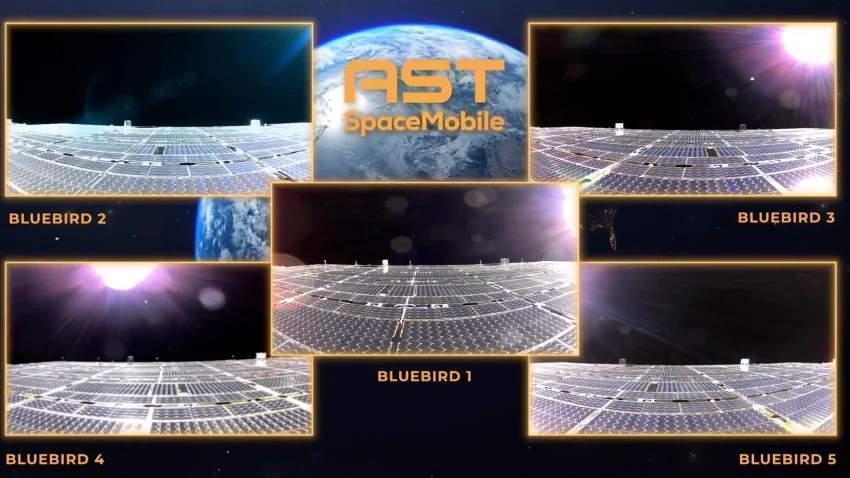AST SpaceMobile has successfully deployed its five BlueBird satellites, each equipped with large communication panels designed to extend cell connectivity directly to consumer smartphones. While this technological milestone marks a leap for mobile connectivity, it also raises concerns about light pollution, as astronomers worry these satellites could interfere with night-sky observations.
What’s Happening & Why This Matters
AST SpaceMobile recently posted footage showing all five of its BlueBird satellites fully unfurled, each boasting a 700-square-foot panel. This milestone comes ahead of schedule, just six weeks after launch. The BlueBird satellites are gearing up for beta tests planned as early as December, pending regulatory approval from the FCC. These satellites promise to deliver mobile connectivity directly to smartphones, potentially transforming mobile access in remote areas by connecting them through space-based cell service .
The launch of these massive satellites isn’t without controversy. Astronomers, including retired expert Anthony Mallama, have raised alarms about the impact of such bright objects in the sky. According to Mallama, these satellites could be as luminous as first-magnitude stars, making them among the brightest objects visible at night. Previous deployments, such as AST’s BlueWalker 3 prototype, were noted for their brightness, drawing criticism from the International Astronomical Union (IAU), which described it as “unprecedented” in its interference with astronomical observations.
Calls for Regulatory Intervention
With AST SpaceMobile planning to launch additional satellites, and competitors like SpaceX also working to expand their mega constellations, concerns over light pollution grow. Last week, over 100 astronomers appealed to the FCC, requesting a halt to further satellite expansions until their environmental impact on Earth’s atmosphere is thoroughly evaluated. Both AST and SpaceX are reportedly working on ways to mitigate these effects. AST, for instance, has committed to exploring anti-reflective technologies and collaborating with NASA and astronomy groups on potential solutions .
TF Summary: What’s Next
AST SpaceMobile satellites promise unprecedented mobile connectivity but also pose a challenge for night-sky visibility. As the company prepares for additional launches, regulatory bodies and scientists are urging collaboration to minimize light pollution. If effective solutions emerge, space-based cellular networks could expand without sacrificing our views of the stars.
— Text-to-Speech (TTS) provided by gspeech




